Breadcrumbs
What is social investment?
Building a fence at the top of the cliff
Social investment is about better enabling people, whānau, families, and communities to achieve outcomes and thrive, by using data, evidence and different ways of working.
Social investment:
· Takes a longer-term view across multiple areas of people’s lives
· Supports investment in early intervention and prevention, rather than crisis response
· Targets investment which improves the lives of people who need it most
· Provides holistic support to people and their families and whānau.
There is no one-size-fits-all approach to social investment. When we talk about social investment approach, we’re talking about:
· A way of allocating resources – using data and evidence to prioritise resources where the impact and value is highest. This is particularly important for our most vulnerable people, whānau and communities with high and complex needs.
· A way of investing in services – establishing outcomes-based contracts that allow service providers to innovate and adapt the support they provide.
· A way of delivering services – a people-focused outcomes approach which actively monitors and adjusts interventions as required as opposed to a service provision (output) approach.
When we talk about outcomes, what do we mean?
Social investment is based on the premise that when people do well, communities and our country will do well. To enable people to do well, we need to work differently. Social investment enables the delivery of complementary outcomes that meet the needs of different groups.
Commissioners and providers will use community-based commissioning and greater use of outcomes-based contracts. This will mean commissioning and delivery can better reflect the needs and aspirations of individuals, families and communities.
The levels of outcome delivery that social investment is interested in can be understood through different lenses:
· For individuals and families, needs and aspirations will vary considerably. As providers work with them under outcomes-based arrangements, there will be scope to start first with the needs and aspirations of those people they are seeking to help. By achieving those needs and aspirations, we can also achieve the results that communities and government are seeking.
· For communities, outcomes sought will reflect an understanding of needs and aspirations in specific communities. Because of the significant diversity in communities across New Zealand, there will be considerable variation in the outcomes communities may seek alongside the achievement of outcomes that government is purchasing.
· For government (which is responsible for achieving outcomes through investment of public funds), outcomes will frequently be understood through the lens of better outcomes in the community that lead to reduction in demand for government services.
What does social investment mean for different groups involved?
For people and whānau in communities it means:
- they will have greater agency to determine how they achieve their aspirations, together with the right support to do so.
- they will receive more flexible and tailored support that is responsive to individual and family challenges, with a focus on outcomes.
As a service provider it means:
- greater flexibility to respond to present and long-term needs
- understanding the population groups with whom you work
- understanding the outcomes resulting from your service delivery
- continuously learning, using feedback loops, to improve outcomes achievement
As a commissioner[1] of services it means:
- utilising data, evidence and community insights to understand what works and who works for the outcomes we are trying to deliver
- engaging effectively with communities and providers to understand how better outcomes might be achieved for the people and families who need assistance
- selecting the most appropriate commissioning approach for the services being purchased[2]
- monitoring the achievement of outcomes under a contract and working with providers to continuously improve outcomes achievement.
As an investor[3] in services it means:
- being clear on the outcomes sought from investment
- having a strong understanding of the population - who needs what help, when and where?
- taking a portfolio view - understanding the impact of a the range of services currently directed at the desired outcomes.
For New Zealanders it means:
- There will be greater confidence that we are getting best impact in the lives of New Zealanders through the investment of public funds.
- Government will provide more holistic responses to be individuals and families who need help.
- In time, communities will have greater agency and input to the priorities and approaches applied in response to community needs.
[1] Most commissioning is presently undertaken by Government agencies through centralised commissioning functions. As a new commissioning agent, the Social Investment Fund will be aiming to support the development of community-based commissioning, particularly for services aimed at cross-cutting outcomes.
[2] Social investment will see greater use of outcomes-based contracts, where the services required to achieve the outcomes are not clear at the outset and a provider is likely to be best placed, with the individual and families they're helping, to determine the required service mix. However, traditional outputs-focused contracts will remain common where the services required to achieve the outcomes are well understood at the outset.
[3] Government is the primary investor in services that are the current focus of the social investment approach. However, there is scope for other investment to be considered through the same lens. In time, this could include co-investment with government.

